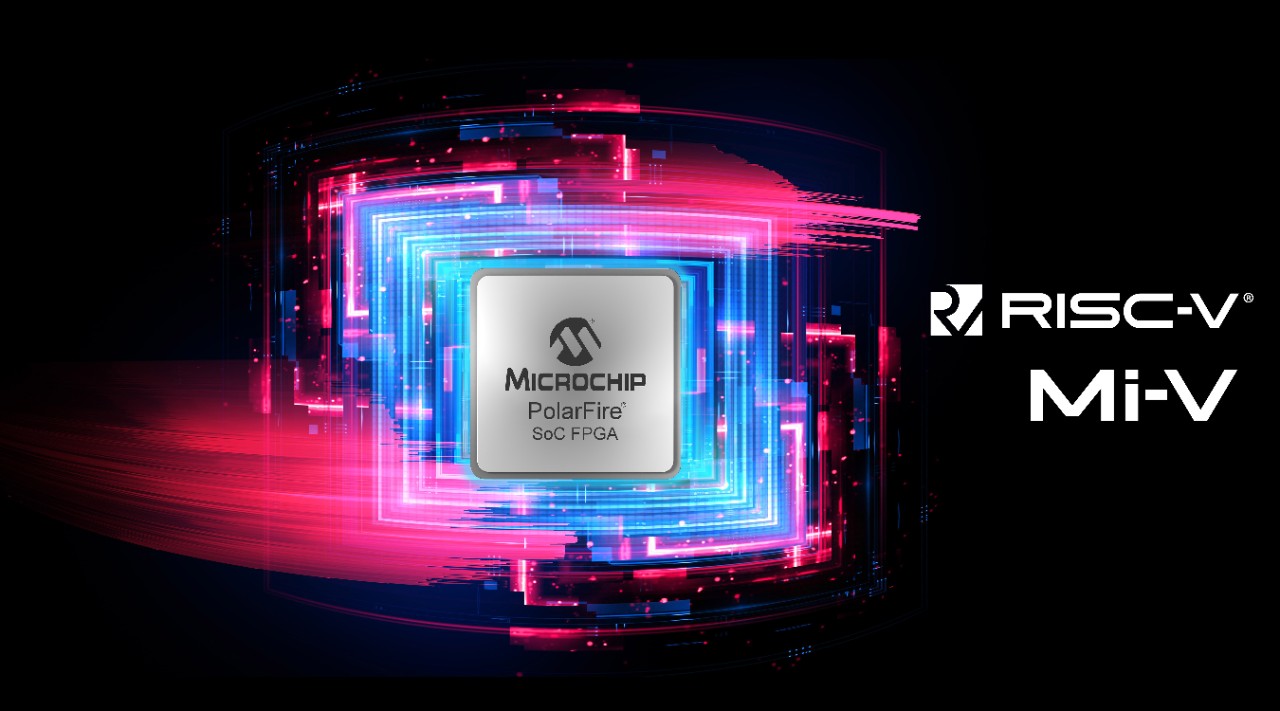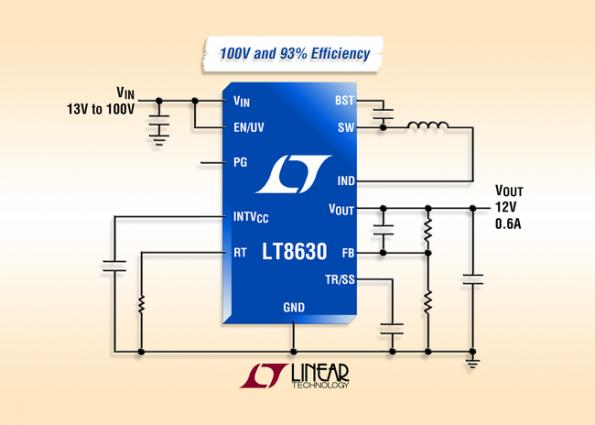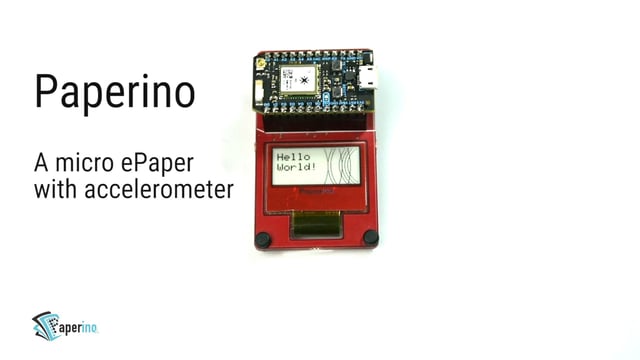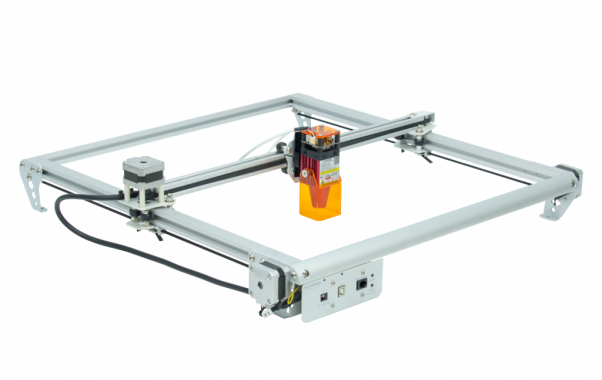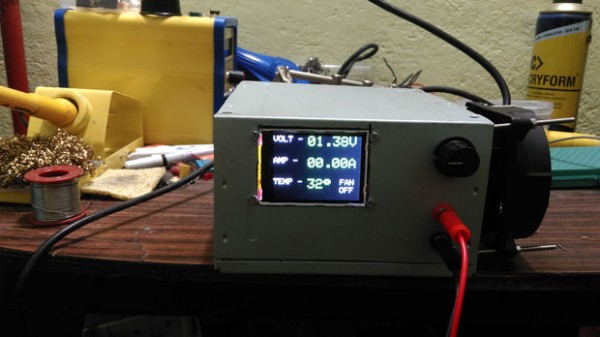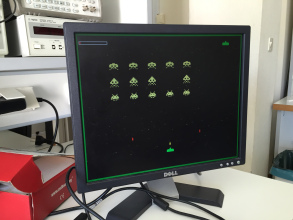
Introducing HyperAIBox’s Compact PCs: Powered by Rockchip 3568 and Rockchip 3588 Processors
IBM is introducing new tools to make it easier for developers to write code for quantum computers. Qiskit Patterns is a set of tools that helps developers map classical problems, optimize them for quantum circuits, and execute them using Qiskit Runtime. With Qiskit Patterns and Quantum Serverless, users can create and run workflows that combine classical and quantum computing in different environments, like the cloud or on-premises.
IBM is also using generative AI, called watsonx, to automate the development of quantum code for Qiskit. This involves fine-tuning the IBM Granite model series, making it simpler for developers to work with quantum algorithms. Overall, these tools aim to provide building blocks for users to easily build and run quantum algorithms.
The HyperAIBox H2 is a compact Mini-PC with a robust Rockchip 3588 processor. This processor includes four high-performance Cortex-A76 cores running at speeds up to 2.4 GHz and four energy-efficient Cortex-A55 cores running at speeds up to 1.8 GHz. Complementing this, it features an Arm Mali-G610 MP4 GPU for graphics and a Neural Processing Unit (NPU) with a substantial 6 tera-operations per second (TOPS) capacity.
Similar to the PlanetPC XR2, the HyperAIBox H2 provides ample storage with 32GB internally and the option to expand up to 2TB using M.2 technology. It supports 4K video input through its HDMI port and offers versatility in display options, including dual outputs for 4K and 8K resolutions or VGA.
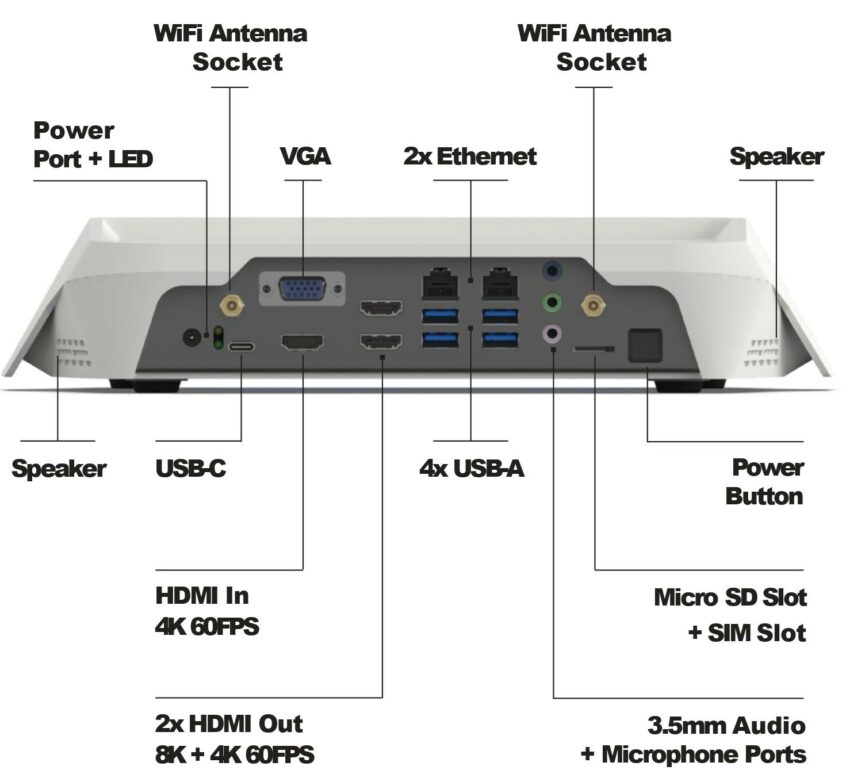
In essence, the HyperAIBox H2 stands out as a small yet powerful computing solution, sharing similarities with the PlanetPC XR2 in terms of features and capabilities.
The product announcement states the following:
“The HyperAIBox features pre-installed software, allowing users to run nodes from homes, offices, and retail shops, basically anywhere. The HyperAIBox is easy to use and has an integrated LED touchscreen for real-time monitoring. It is designed to handle tasks autonomously and comes with updates and support from many developers including the HyperCycle and SingularityNET ecosystems.”
The HyperAIBox H2 emerges as a video powerhouse, boasting robust decoding capabilities for various formats. With the ability to handle 8K video at 60fps in H.265, VP9, and AVS2, as well as 8K at 30fps for H.264 AVC/MVC, it covers a broad spectrum of video requirements. Additionally, the H2 can decode 4K video at 60fps in AV1 and 1080P video at 60fps for MPEG-2, -1, VC-1, and VP8, supporting up to 32 channels at 1080P at 30fps. On the encoding front, it excels in producing 8K videos at 30fps in H.265 and H.264, and it efficiently manages up to 16 channels at 1080P at 30fps.
Connectivity is a key highlight, featuring dual Wi-Fi antenna sockets for enhanced options. This stands in contrast to the H1, which utilizes internal antennas, providing users with a choice based on their preferences. The ease of use is emphasized with pre-installed software, enabling users to run nodes from various locations such as homes, offices, or retail shops. The integrated LED touchscreen facilitates real-time monitoring, and the system is designed to autonomously handle tasks, receiving ongoing updates and support from developers within the HyperCycle and SingularityNET ecosystems.
Specifications:
- Memory/Storage: Up to 16 GB LPDDR5, Up to 2TB SATA HDD
- Display/Audio: Touchscreen display, VGA port, HDMI in, 2x HDMI out, Speakers, 3.5mm Audio jack
- Connectivity: 802.11 AX Wi-Fi, Bluetooth 5.0, 2x Gigabit Ethernet ports
- Expansion: 1x M.2 NVMe slot
- USB: 4x USB 3.0, 1x USB Type-C
- Other Features: Power button, 2x Status LEDs
- Power: 1x Power input port
- Mechanical: Dimensions – 29 x 26 x 6cm
In terms of pricing, the HyperAIBox H1 is listed at $1,199.00, while the HyperAIBox H2 starts at $1,259.00. Moreover, there’s a hint of the impending HyperAIBox H3, promising enhanced computing power and modular features shortly.




